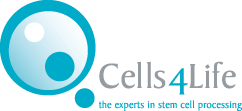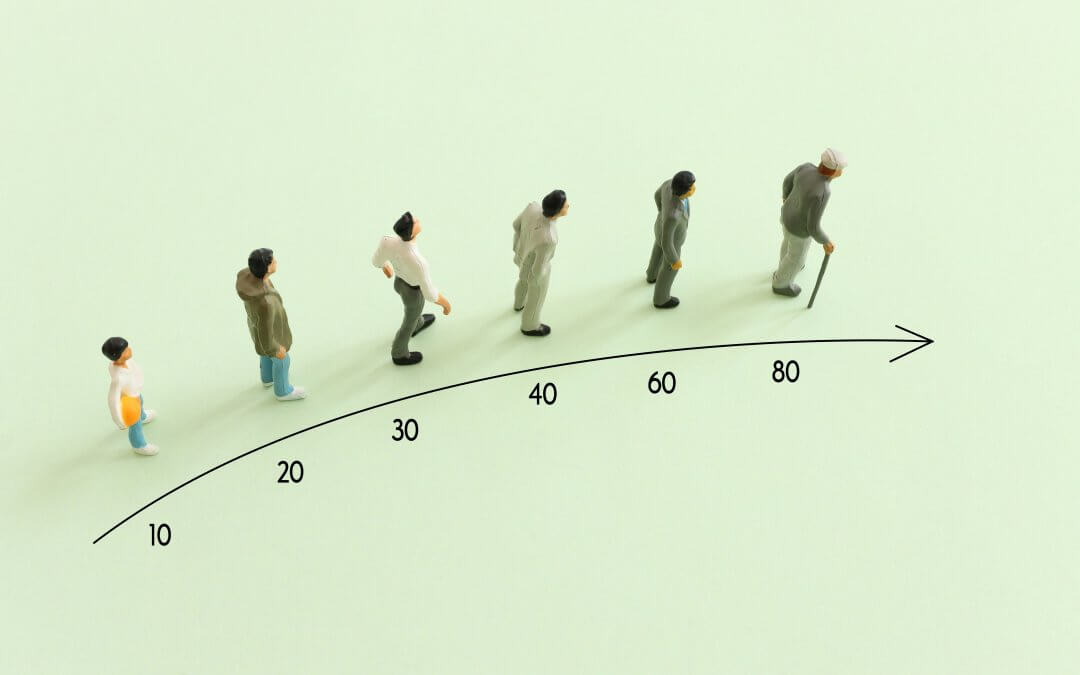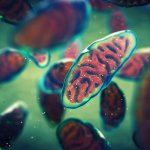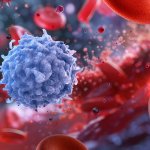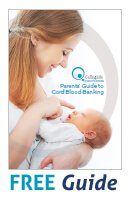Getting older is not just about grey hair and wrinkles. The body can deteriorate, losing muscle tone and strength, making daily life activities more difficult and tiring. What’s more, the immune system also weakens, making older adults more likely to get sick and less able to fight off infection. Because of this, preventing or reversing the effects of ageing is the key to lifelong health. Although lifestyle changes and exercise can help offset some of these effects[1], researchers are increasingly looking at umbilical cord stem cells for their protective and restorative potential.
Protecting the immune system: the thymus and spleen
The thymus and spleen are both part of the lymphatic system, which itself is part of the body’s immune system. The thymus is where a type of white blood cells, called T cells, fully mature; these cells control the body’s immune response and attack infected and cancerous cells. The spleen, on the other hand, mainly acts like a filter, removing old or damaged blood cells from the body. It also helps produce white blood cells and destroy bacteria and viruses.[2] Changes in the thymus and spleen during a person’s lifetime mean the immune system gradually becomes less effective, making the person more vulnerable to many illnesses, including infections and cancer.[3][4]
A recent study, performed on a mouse model of ageing, showed that mesenchymal stem cells derived from umbilical cord tissue (UCT-MSCs) could prevent ageing-related changes in the thymus and spleen. The study compared three groups of mice: a control group, an induced-ageing group which received no treatment, and an induced-ageing group which also received treatment with human UCT-MSCs. Upon analysis, the thymus and spleen in the UCT-MSC treatment group were found to more closely resemble those in the control group in size, structure, and potential functionality. Those in the ageing group with no treatment, on the other hand, were significantly atrophied. Moreover, mice in the UCT-MSC treatment group also showed lower levels of inflammation and oxidative stress, lower expression of ageing-related genes, and an improved population of beneficial bacteria in the digestive system.[5]
Strengthening muscles and easing frailty
Losing some muscle mass and strength is a natural part of ageing. In some people, however, the loss becomes so significant the muscles atrophy, a condition called age-related sarcopenia. This condition can make even the simplest task, such as getting out of chairs or climbing stairs, quite difficult. Sarcopenia can also be a complicating factor leading to frailty, which increases the risk of falls, broken bones, disability and death.[6][7] Here, too, UCT-MSCs could prove beneficial as a treatment.
A pre-clinical study conducted on mice, specifically on sarcopenia, found that treatment with human UCT-MSCs could counteract muscle ageing. Mice in the treatment group showed improvements in grip strength and performed better in a fatigue test compared to the group which received no treatment. Furthermore, muscle analysis and comparison between groups showed restored muscle functionality in the treatment group.[8]
A different, phase 1/2 clinical trial on elderly patients with diagnosed frailty reported similar results. The study was randomised and double-blinded, and aimed to test both the safety and the effectiveness of UCT-MSC treatment. After a first, baseline evaluation, patients were randomly assigned to either the treatment or the control group. Following two infusions of either UCT-MSCs or placebo at days 1 and 30, they were then evaluated with several follow-up visits over the course of six months. Compared to the control group, patients treated with UCT-MSCs showed improvements in general quality of life, grip strength and walking ability.[9]
Protecting the future, today
Although more research is definitely needed, studies such as these highlight the strong regenerative potential of stem cells from the umbilical cord.
Babies being born today could be part of the first generation to live beyond 100. Having access to their own umbilical cord stem cells could help them gain access to anti-ageing treatments and remain in good health.
To learn more about how to preserve this powerful resource for your baby, as well as more potential uses for umbilical cord and placenta stem cells, complete the form below to request your free guide.
References
FIND OUT MORE, REQUEST YOUR WELCOME PACK TODAY
All you need to know to make an informed decision.
Provide your contact details to request:
– Complete Welcome Pack and Parent’s Guide
– Information via email
– Contact from our specialist advisors
